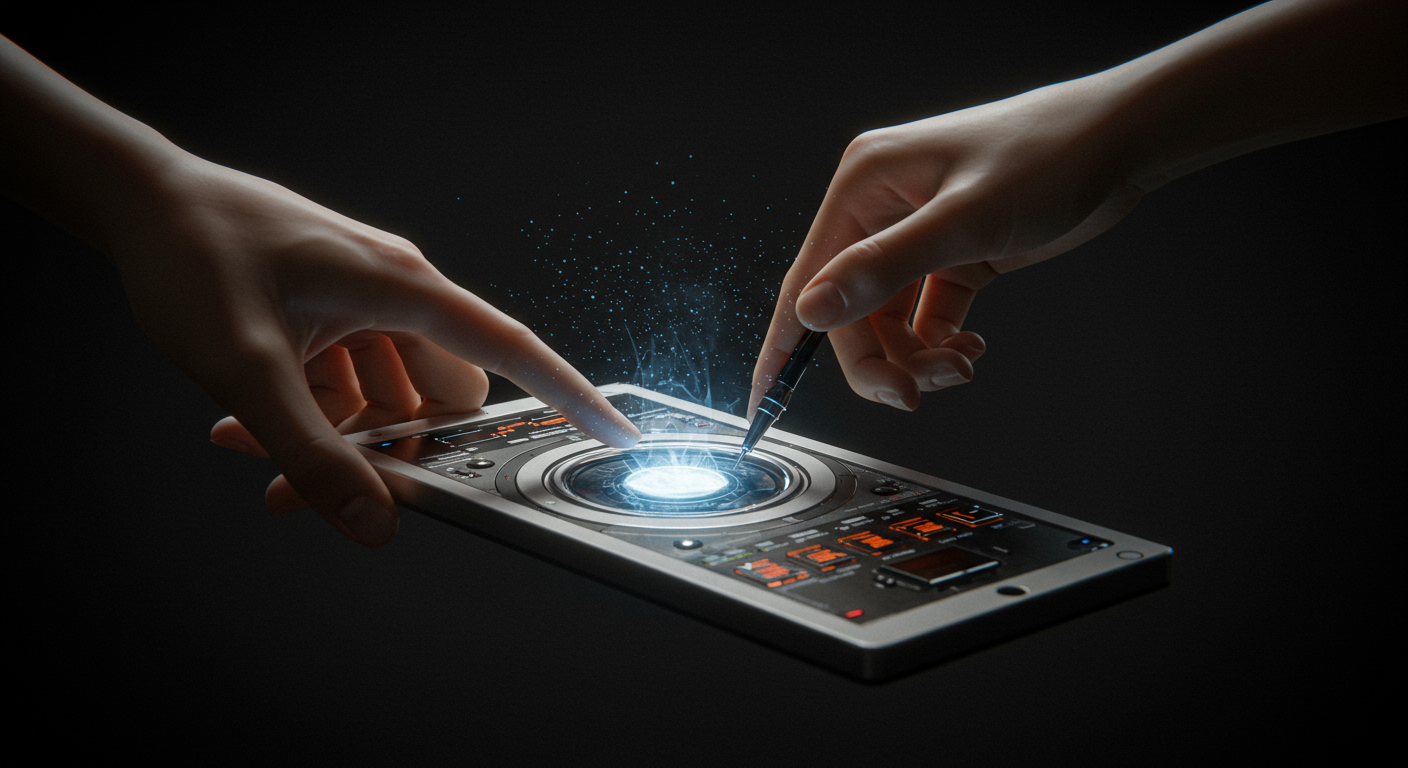Holographic Touch: The Next Frontier in User Interfaces
In a world where touchscreens have become ubiquitous, a groundbreaking technology is poised to redefine our interaction with digital devices. Holographic touch interfaces, once confined to the realm of science fiction, are now on the cusp of becoming a tangible reality. This innovative technology promises to merge the physical and digital worlds in ways we've never seen before, offering a glimpse into a future where interaction with our devices is more intuitive, immersive, and magical than ever.

Early experiments focused on creating static holographic images that users could interact with using specialized gloves or controllers. However, the holy grail has always been a system that allows direct manipulation of holograms with bare hands, providing tactile feedback as if touching a physical object.
How Holographic Touch Works
At its core, holographic touch technology relies on three key components: a holographic display system, depth-sensing cameras, and ultrasonic haptic feedback generators. The holographic display creates three-dimensional images that appear to float in mid-air, typically using a combination of lasers and special optical elements.
Depth-sensing cameras track the user’s hand movements with millimeter precision, allowing the system to interpret gestures and detect when a user “touches” a holographic object. The real magic happens with the haptic feedback system, which uses focused ultrasound waves to create the sensation of touch on the user’s skin, precisely where their hand interacts with the hologram.
Current State of the Technology
While still in its infancy, holographic touch technology has made significant strides in recent years. Several tech companies and startups have demonstrated impressive prototypes, showcasing applications ranging from interactive product displays to immersive gaming experiences.
One of the most advanced systems to date comes from a Japanese company that has developed a holographic interface capable of projecting images up to 30 centimeters in size, with haptic feedback that can simulate various textures and resistance levels. While not yet available for consumer purchase, industry insiders estimate that early commercial versions could hit the market within the next 2-3 years, with prices likely starting in the $5,000 to $10,000 range for professional applications.
Potential Applications and Impact
The potential applications for holographic touch interfaces are vast and varied. In the medical field, surgeons could manipulate 3D models of patient anatomy with unprecedented precision, while in education, students could interact with complex molecular structures or historical artifacts as if they were physically present.
For designers and engineers, holographic touch could revolutionize the prototyping process, allowing for rapid iteration and testing of virtual models before committing to physical production. In retail, customers could examine and customize products in stunning detail, potentially reducing returns and increasing satisfaction.
The gaming and entertainment industries are also poised for disruption, with holographic touch offering new levels of immersion and interactivity. Imagine playing a virtual instrument with the tactile feedback of strings or keys, or sculpting digital clay that responds to your touch as if it were real.
Challenges and Future Developments
Despite its promise, holographic touch technology faces several challenges before widespread adoption becomes feasible. Current systems are limited in terms of the size and resolution of holograms they can produce, and the haptic feedback, while impressive, still falls short of perfectly mimicking real-world touch sensations.
Power consumption and computational requirements also present hurdles, particularly for mobile or wearable applications. Researchers are exploring novel materials and more efficient algorithms to address these issues, with some promising early results.
Privacy and security concerns also loom large, as holographic interfaces could potentially capture and process vast amounts of user data, including precise hand movements and interactions. Developing robust safeguards and ethical guidelines will be crucial as the technology matures.
The Road Ahead
As holographic touch technology continues to evolve, we can expect to see increasingly sophisticated and accessible systems emerge. Integration with other emerging technologies, such as augmented reality glasses and advanced AI, could lead to even more transformative applications.
While it may be several years before holographic touch becomes a mainstream interface, its potential to reshape our digital interactions is undeniable. As the boundaries between the physical and digital worlds continue to blur, holographic touch stands poised to usher in a new era of human-computer interaction, one where the power of touch extends beyond the confines of physical reality.





